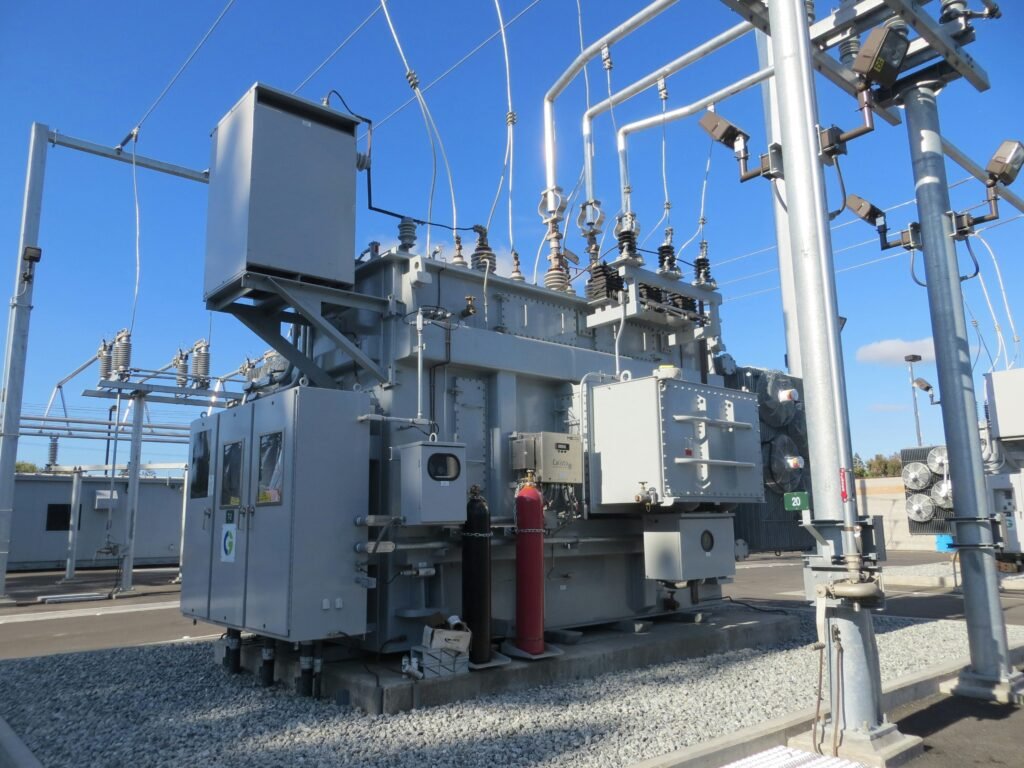Transformers play a critical role in modern electrical infrastructure, silently ensuring that power flows safely and efficiently to homes, businesses, and industrial systems. But like all equipment, transformers wear down over time. Knowing when transformer repair is necessary is a key part of effective transformer maintenance, helping prevent costly breakdowns, safety hazards, and service disruptions.
In this guide, we’ll explore how to recognize the signs that your transformer needs repair, why regular maintenance matters, and what you can do to extend the life of your equipment.
Why Transformer Maintenance Matters
Transformer maintenance is the ongoing process of inspecting, testing, and servicing transformers to ensure optimal performance and reliability. Ignoring minor issues can lead to major failures, often requiring full replacement or resulting in power outages and equipment damage.
Regular maintenance helps detect:
- Oil leaks
- Winding degradation
- Core faults
- Insulation breakdown
- Overheating
Working with a reputable transformer company ensures that issues are addressed before they become emergencies.
Common Signs That Transformer Repair Is Needed
Knowing when to repair a transformer isn’t always obvious, but there are several warning signs you should never ignore:
1. Overheating or Unusual Temperatures
If your transformer is running hotter than normal, it could indicate problems with cooling systems, overloaded circuits, or internal component failure. Overheating significantly shortens the lifespan of your transformer and poses a serious safety risk.
2. Oil Leaks or Contamination
Many transformers use oil for cooling and insulation. If you notice oil leaks, discoloration, or sludge build-up, it’s time to consider professional evaluation. Oil analysis is a standard part of transformer maintenance and can reveal early warning signs of failure.
3. Audible Noise or Vibrations
Transformers naturally emit a low-level hum during operation. But if that hum becomes louder, erratic, or is accompanied by vibrations, internal components such as windings or laminations may be loose or damaged.
4. Poor Voltage Regulation
Inconsistent voltage output can affect connected systems and signal a winding or insulation issue. If you observe voltage dips, fluctuations, or irregularities in performance, your transformer likely needs attention.
5. Age and Usage Conditions
Transformers used in harsh environments (e.g., high moisture, dust, or temperature extremes) or that are over 15–20 years old require more frequent inspection. Aging insulation, worn-out bushings, and corroded connections become more common over time.
Repair vs. Replacement: What’s the Right Choice?
When a fault is detected, the next step is to determine whether transformer repair is practical or whether full replacement is more economical. Repairs are often a good option when:
- The core and windings are still structurally sound
- Damage is isolated (e.g., bushings or gaskets)
- The cost of repair is significantly lower than a new unit
- You need a quick fix while waiting for a replacement
In some cases, transformer rewinding can restore functionality and extend the equipment’s life without full replacement.
Benefits of Proactive Transformer Maintenance
Proactive transformer maintenance goes beyond simply fixing things when they break. Scheduled inspections and timely repairs deliver long-term benefits:
- Reduced Downtime: Identify and fix issues before they interrupt operations.
- Improved Safety: Prevent fire hazards, explosions, or electric shocks.
- Extended Equipment Life: Well-maintained transformers can last 25+ years.
- Cost Savings: Avoid emergency repairs, regulatory penalties, or full replacement costs.
You can also work with transformer services providers who offer condition monitoring, oil analysis, and testing programs to ensure year-round performance.
What Maintenance Should Include
An effective transformer maintenance plan should consist of:
- Visual Inspections: Checking for leaks, corrosion, or physical damage.
- Electrical Testing: Measuring insulation resistance, turns ratio, and power factor.
- Oil Sampling: Detecting moisture, gas formation, and contamination.
- Thermal Scanning: Identifying hot spots and irregular heating patterns.
- Cleaning & Tightening: Removing debris and ensuring secure connections.
Whether you’re running a facility with multiple power units or managing a residential system, regular checks keep your transformer in top condition.
Partnering With the Right Experts
Not all transformers are the same, and neither are their maintenance needs. From used transformers to new power units, each requires a tailored approach. That’s why working with certified professionals who understand your specific model and application is vital.
Many service providers also offer the ability to sell transformer equipment that is beyond repair, providing additional value through trade-ins or recycling.
Final Thoughts
Recognizing when transformer repair is necessary is a vital part of responsible transformer maintenance. By paying attention to warning signs—such as overheating, oil leaks, or poor performance—you can prevent major failures and extend your equipment’s life.
Whether you’re managing a facility, utility, or business infrastructure, investing in regular maintenance is the key to reliable power and long-term savings. And when the time comes for repair or replacement, trusted experts can guide you on the best path forward.
If you’re in California or nearby and need dependable service, transformers in California are supported by specialists who can evaluate, maintain, and even help you upgrade your equipment with minimal downtime.



